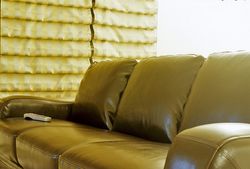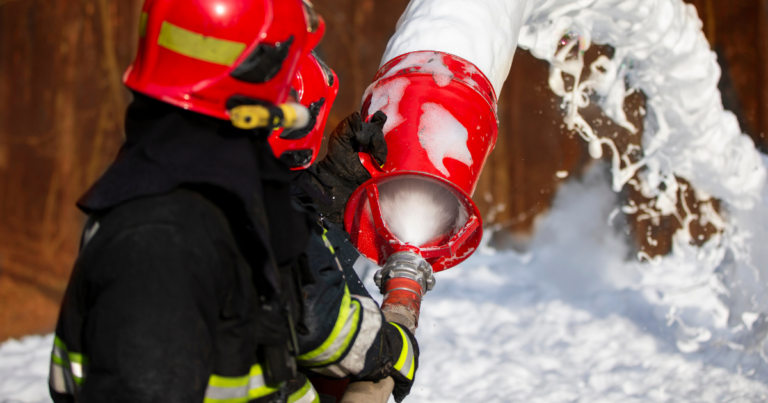Flame retardants have been one of the most frustrating things to talk to about. Until recently, there was very little we could do to protect ourselves from flame retardants or know where they are lurking in our homes.
I’m hoping the market around flame retardants in furniture will move away from these hazardous chemicals, in light of the new California regulations, which no longer require the use of flame-retardants in furniture (note this is NOT a ban on flame retardants, so it’s up to companies to phase them out.) At the end of the day we want furniture made from safer, naturally flame-resistant materials, to ensure we aren’t exposing ourselves to harmful chemicals.
Second, the well-respected research team at Duke University has created a new program that lets you test, for the first time, products in your home for toxic flame retardants.
Why get your couch tested?
The scientific evidence linking flame retardants to reproductive problems, developmental delays, cancer and other health impacts continues to grow. Recently a study found that exposure to a class of flame retardants known as PBDEs had a similar effect to lead in reducing child IQ.
What products can or should I test?
Products that are likely to contain flame retardants include: couches made after 1970, children’s car seats, children’s products that use polyurethane foam like crib bumpers, and pregnancy pillows.
How to submit a sample:
According to Duke University: If you are interested in sending a sample of your foam for analysis, please complete the sample submission process.
1. Fill out the submission sample sign-up sheet located here: http://foam.pratt.duke.edu/node/67
2. You’ll receive a “Sample ID Number” via email.
3. Cut a centimeter sample of your foam and mail the sample along with your confirmation email to:
Gretchen Kroeger
Box 90328 – LSRC
Duke University
Durham, NC 27708
For a detailed listing of how to submit your foam visit: http://foam.pratt.duke.edu/node/67
What will the testing determine?
Test will determine whether or not 7 common flame retardant chemicals are present in your furniture’s foam. Learn more here.
Their contact info:
If you’d like to contact the team at Duke, please email them directly: [email protected]
Want some good news? One the largest health care providers, Kaiser Permanente, recently announced they will phase out fame retardants in furniture in their hospitals. Read more about it here.




